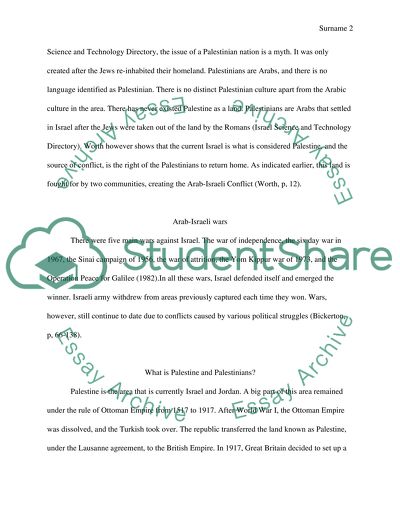Cite this document
(Peculiarities of Arab-Israeli Conflict Coursework, n.d.)
Peculiarities of Arab-Israeli Conflict Coursework. Retrieved from https://studentshare.org/social-science/1609615-arab-israeli-conflict-basic-facts
Peculiarities of Arab-Israeli Conflict Coursework. Retrieved from https://studentshare.org/social-science/1609615-arab-israeli-conflict-basic-facts
(Peculiarities of Arab-Israeli Conflict Coursework)
Peculiarities of Arab-Israeli Conflict Coursework. https://studentshare.org/social-science/1609615-arab-israeli-conflict-basic-facts.
Peculiarities of Arab-Israeli Conflict Coursework. https://studentshare.org/social-science/1609615-arab-israeli-conflict-basic-facts.
“Peculiarities of Arab-Israeli Conflict Coursework”, n.d. https://studentshare.org/social-science/1609615-arab-israeli-conflict-basic-facts.


